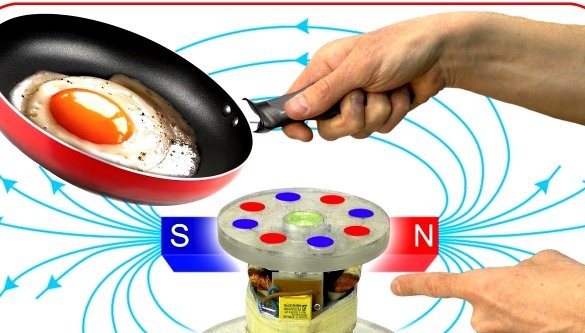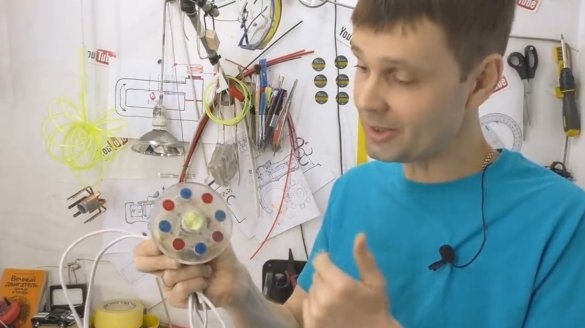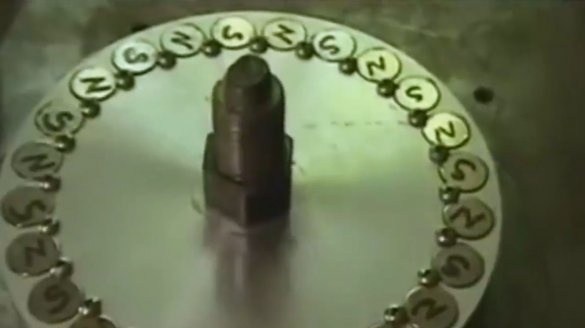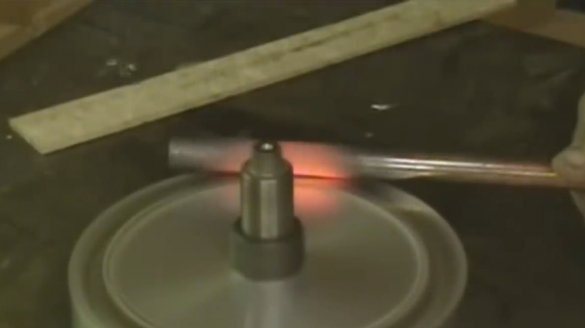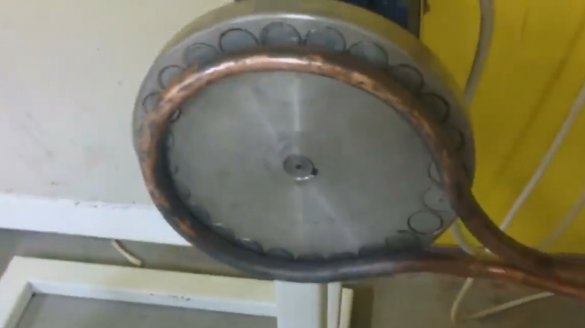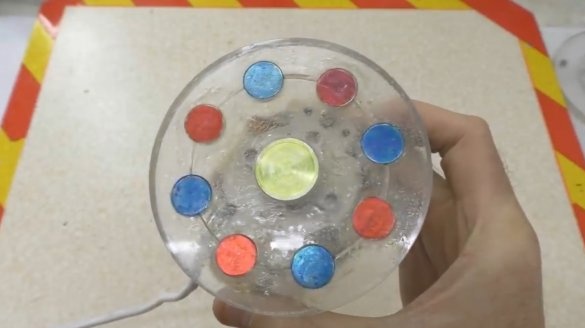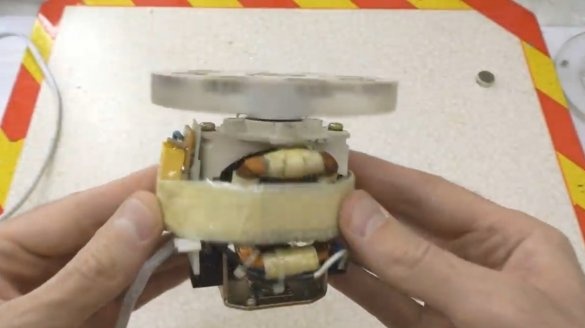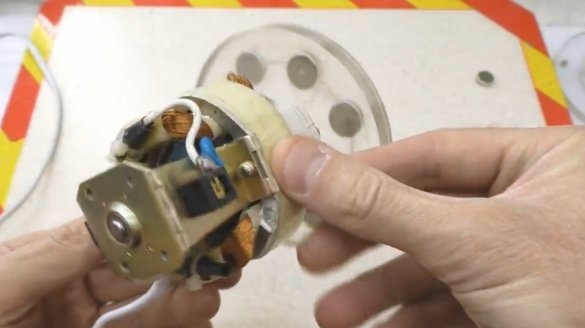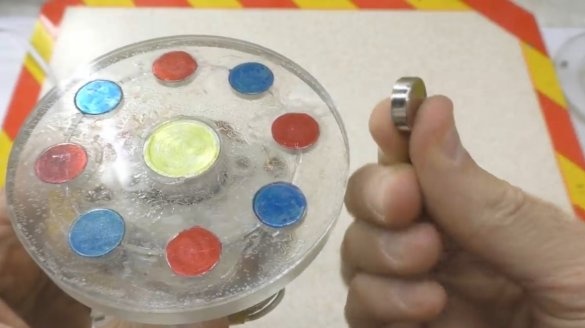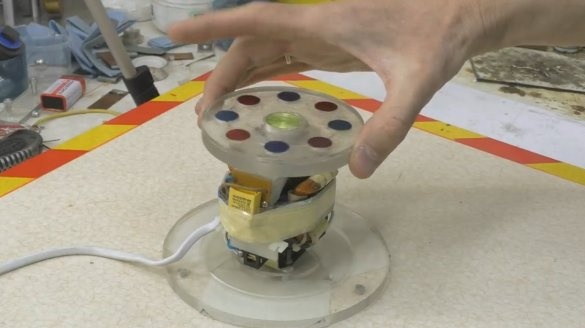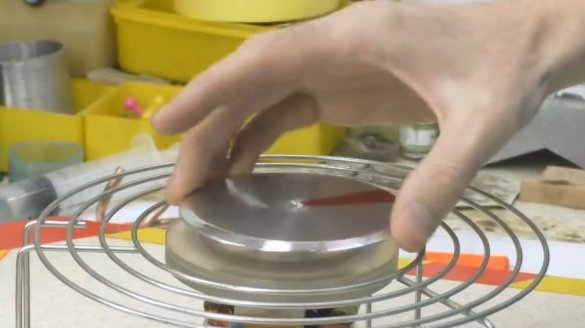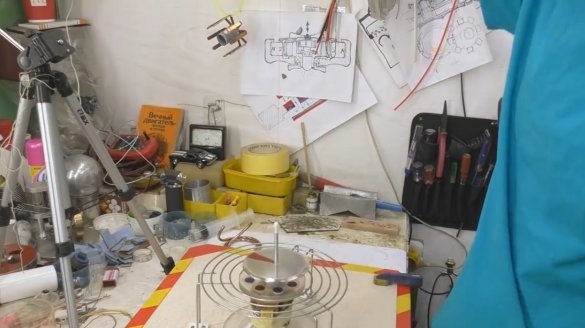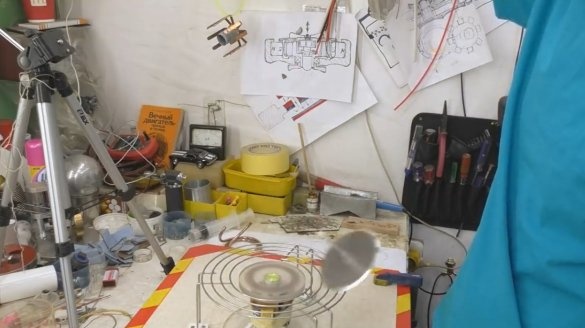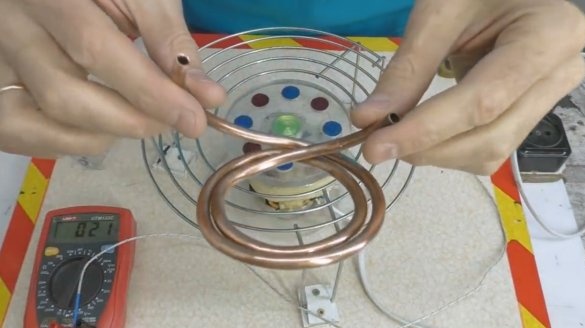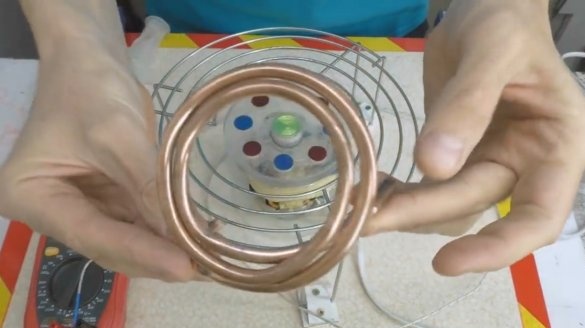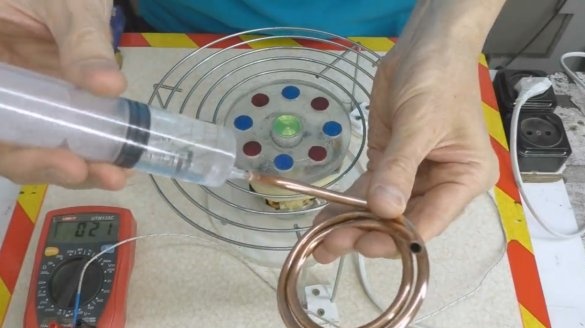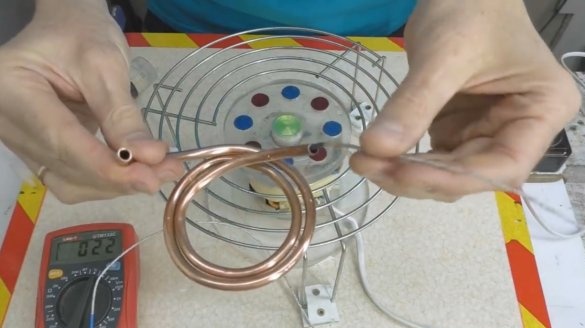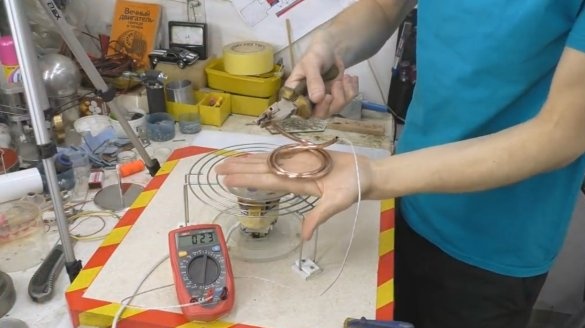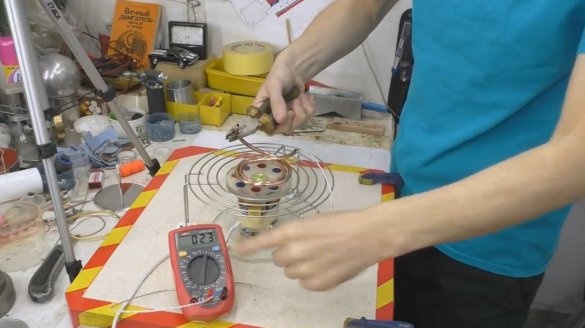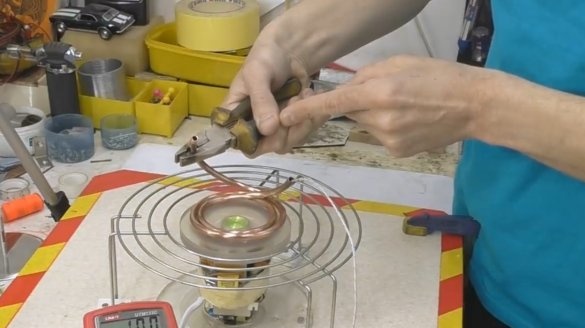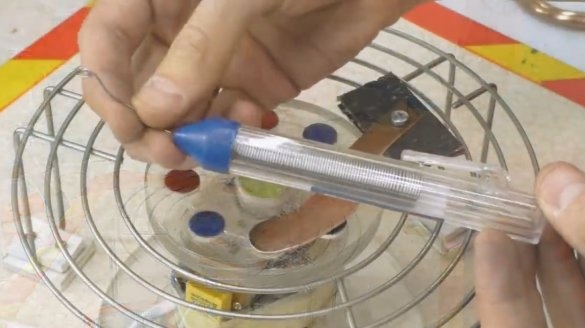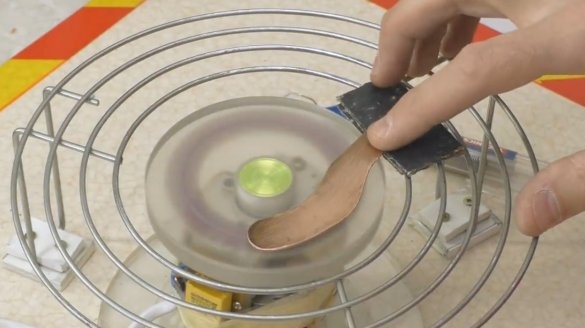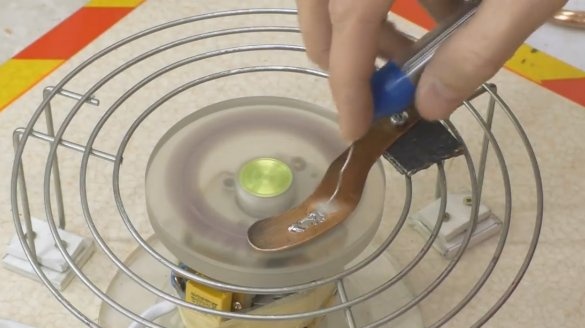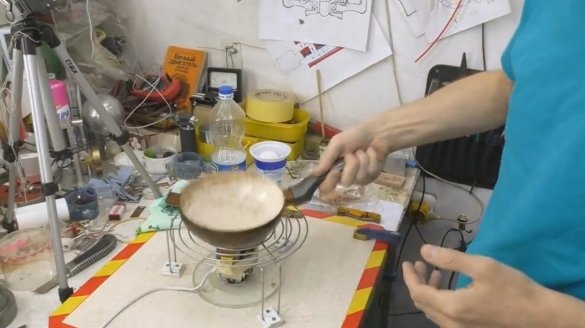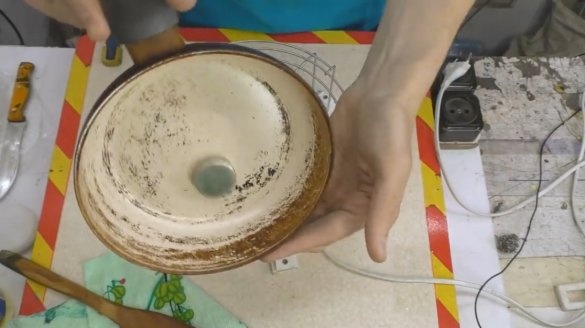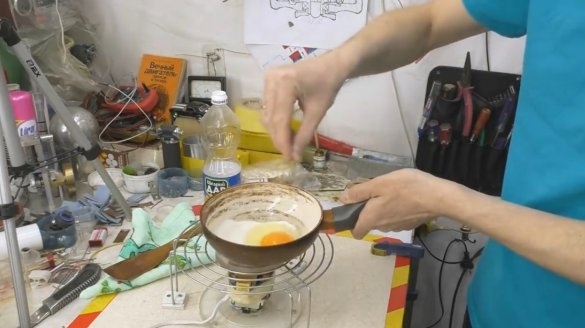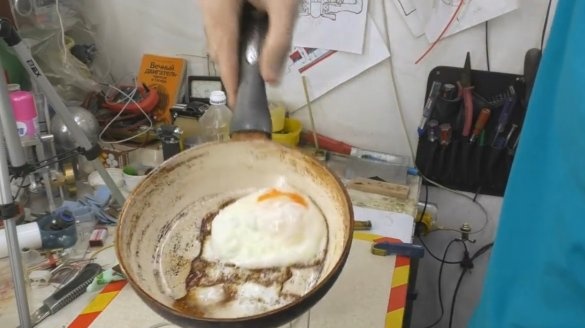In this article, the author of the YouTube channel Igor Beletsky will tell you about the design of the magnetic heater, and the effects obtained with it.
Materials
- Neodymium magnets diameter 15, thickness 5 mm - 8 pcs.
- Electric motor from the kitchen mixer
- Plexiglass
- Copper tube with a diameter of 6 mm
- Copper sheet
- Aluminum rim.
Instruments, used by the author.
- .
Igor had long wanted to experiment with a heater based on neodymium magnets.
Very often on the Internet, there are homemade products in which a disk with magnets installed in it is used. With it, you can heat metal objects to very high temperatures. During disk rotation, Foucault currents or stray currents occur in the workpiece material. It is because of them that the metal is heated.
Also, some craftsmen make water heaters, even use them in heating systems.
Description of the device manufactured by the author.
Igor collected the simplest model to test these effects. He found a 350 Watt electric motor. He borrowed it from an old kitchen mixer.
Then, a plexiglass disk was fixed on the motor shaft, in the grooves of which I installed 8 neodymium magnets 15 mm in diameter and 5 mm thick. The polarities of the magnets must alternate, and the number of magnets must be even.
Test process.
An important point. The effectiveness of this device depends not only on the number and strength of the magnets, but also on the speed of rotation of the disk. The greater the speed, the higher the efficiency.
For the first experiment, Igor took an aluminum disk with a diameter of 100 mm. When you turn on the engine, and trying to bring the disk to the surface, it begins to push off. This is due to the Foucault currents induced in the disk. It turns out something like a magnetic pillow.
A second important effect is also observed. In addition to repulsion, the disk begins to rotate. And if you hang it over the magnets on a thread - then it turns into a gyroscope, and strive to fly to the side.Using this effect, it is possible to transmit rotation without contact to a flywheel, for example. You can also make models of "perpetual motion machines", which transmit rotation through the surface of the table.
Then Igor made just such a spiral from a copper tube with a diameter of 6 mm. With her help, he wants to test an experiment with heating water.
Inside the tube, he fills with water, and installs a temperature sensor.
The tube is located above the magnets, and turns on the engine. In just 20 seconds, the water inside the tube boils, and its initial temperature was only 23 degrees. Upon further heating, steam forms. This is the main part of the flow heater.
In the next experiment, Igor will heat just such a copper plate. The melting point of tin was reached after 15 seconds. Not every modern soldering iron is capable of this.
And the last experiment, with the preparation of fried eggs. Igor took just such a frying pan, and checked it with a neodymium magnet. It does not stick to the pan itself, but when tilted to the side, it does not roll instantly, but slowly slides along the surface, the effect of braking is obtained. And this means that the pan has the necessary properties for working with induction hobs.
In such a simple way, the author managed to cook fried eggs in 6 minutes.
So, the functionality of the device is proven, but where to use it?
Of course, heat can be obtained more efficiently with the help of a conventional heating element. But for heat transfer, or rotation in a non-contact way, these effects can be used. You can also use this device in water mills, windmills, and other sources of mechanical energy to generate heat.
Thanks to Igor for a simple but interesting device, and experiments with him!
All good mood, good luck, and interesting ideas!

